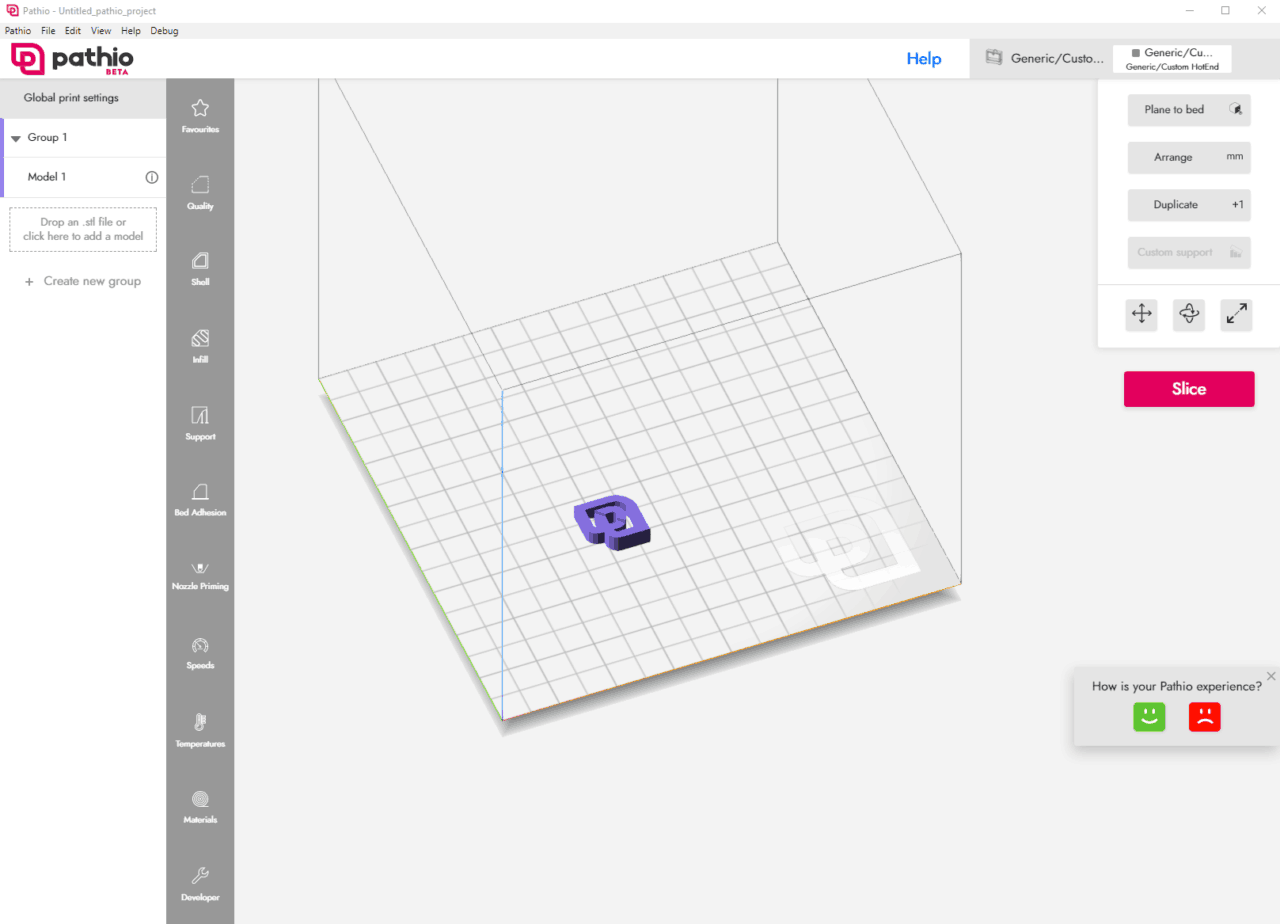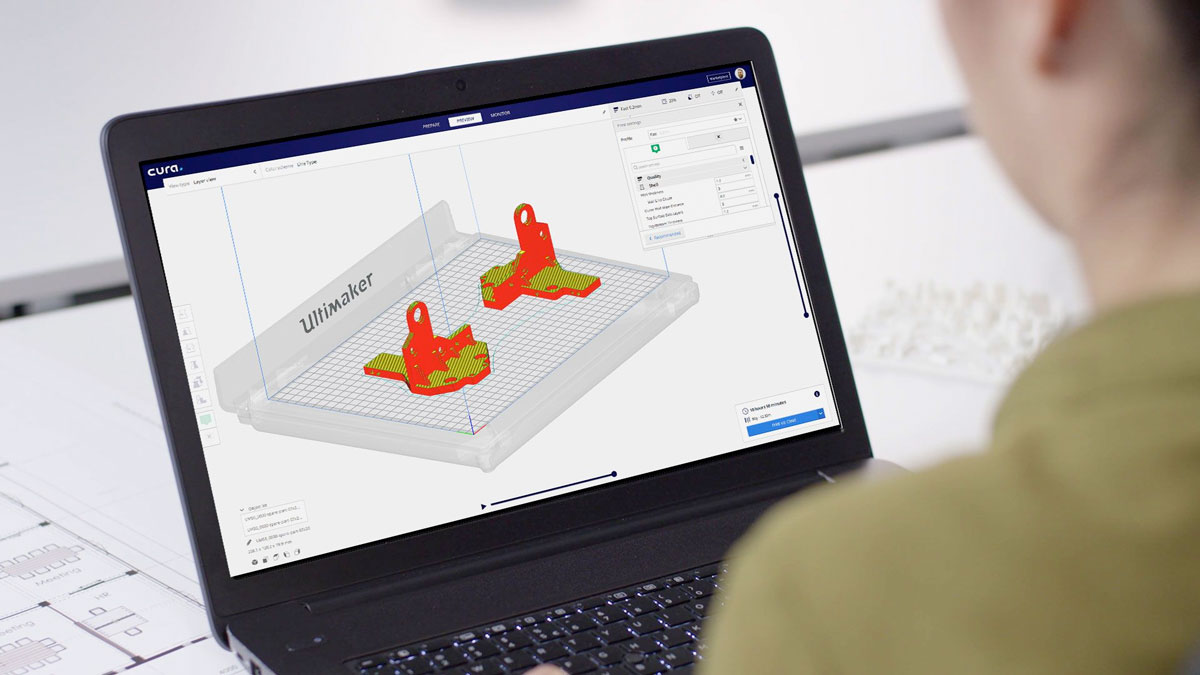

#Cura vs ultimaker cura software
The best part of Cura is that it will not demand any money from you! It is a free software system that you can download from the official Ultimaker website.Īs a result, the beginners in 3D printing can always rely on Cura to turn them into experts! It is also helpful for professionals who have budget constraints.īesides, its open-source nature allows you to peek into the background coding from the official Cura repository on Github! The kind of files compatible with this software includes the typical image formats (JPG, PNG, GIF and BMP), as well as 3D formats like OBJ, STL, 3MF and X3D. You can make Cura work with any of the top three operating systems – Windows, Linux and macOS.

In the 2019 edition of 3D Printing Industry Awards held in London, it won the title of Software Tool of the Year. The most renowned and reliable names in the 3D industry like PrinterChat, All3DP and G2 have included it among the best software choices. The latest stable release in this line has been the 4.3 version launched in September of 2019.Ĭurrently, more than a million people on the planet use Cura to print about 1.4 million models every week!īesides, the software has also garnered lots of praise from professionals and received several accolades since its inception. It rose to fame in 2013 and has gone through several upgrades since then. However, now it is a product of Ultimaker – a manufacturer of 3D printers. It was originally developed by software engineer David Braam. The free software was made utilizing three programming languages namely C++, Python and QML to reach its maximum efficiency. Each of the slices is then implemented in sequence by the 3D printer. This sliced version called g-code varies from printer to printer. It efficiently divides the given digital image or file into many layers or “slices”. Read our related article, What is Slicing in 3D Printing? We define this term for beginners in a quick guide! What is Cura?Ĭura is a software application used in the slicing stage of 3D printing. We will dig deep into those factors today comparing Cura vs Simplif圓D. While they perform the same function, they do differ in a number of aspects. So it will start implementing each layer according to the g-code instructions and you will get to see the result within minutes!Īmong the many slicing software tools available today, Cura and Simplif圓D are two of the most popular options. This converted file called g-code carries the language your 3D printer will understand. Enable this feature to fill those minuscule gaps anyway, if needed.Here it stands for slicing up your original 3D model file into many fine layers. Some gaps between walls are so small that the extra travel path is not worth the extra extrusion to compensate for it. The printer has to come back to the gap at later times to fill it. Note: See how the fill gaps option influences the travel moves. The illustration shows a droplet which has to be printed. This option allows these gaps to be filled after printing both walls. This can happen between the outer and inner walls where the model ends in sharp corners. Fill gaps between wallsįor fine details, the printer might need to print areas that are thinner than the nozzle size. The material will still ooze out as with normal travel moves, but will not form beads. This setting will turn those lines with extremely low flow rate into travel moves, effectively snapping their flow rate to 0%. It tends to form a droplet pattern instead of continuously extruding lines. Printing at extremely low flow rates doesn't work well. This can be problematic, because it can reduce the flow rate arbitrarily low, down to 1% if the walls almost completely overlap. The setting can be enabled for the outer or the inner walls separately.Ĭompensating for overlaps in wall lines will reduce the flow rate of some of the walls. This way all walls are printed without the part being over extruded. With this setting, the extrusion on printed parts is reduced where the print head has to go over a thin area twice. The newly added Cura 5 settings replace them, read all about them here. Note: If you were searching for the settings below, they can no longer be found. This is because the new slice engine deals with these circumstances in a more efficient way. Some print settings available in previous versions of Ultimaker Cura are redundant.


 0 kommentar(er)
0 kommentar(er)
